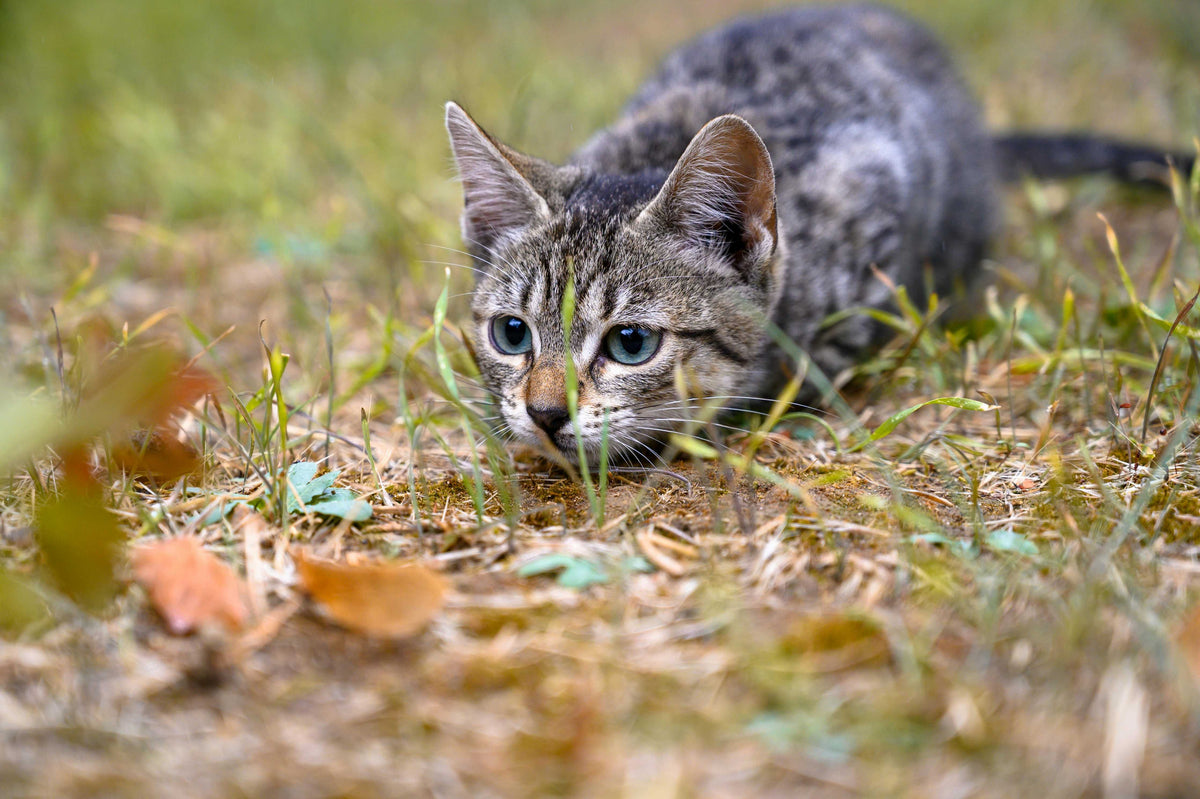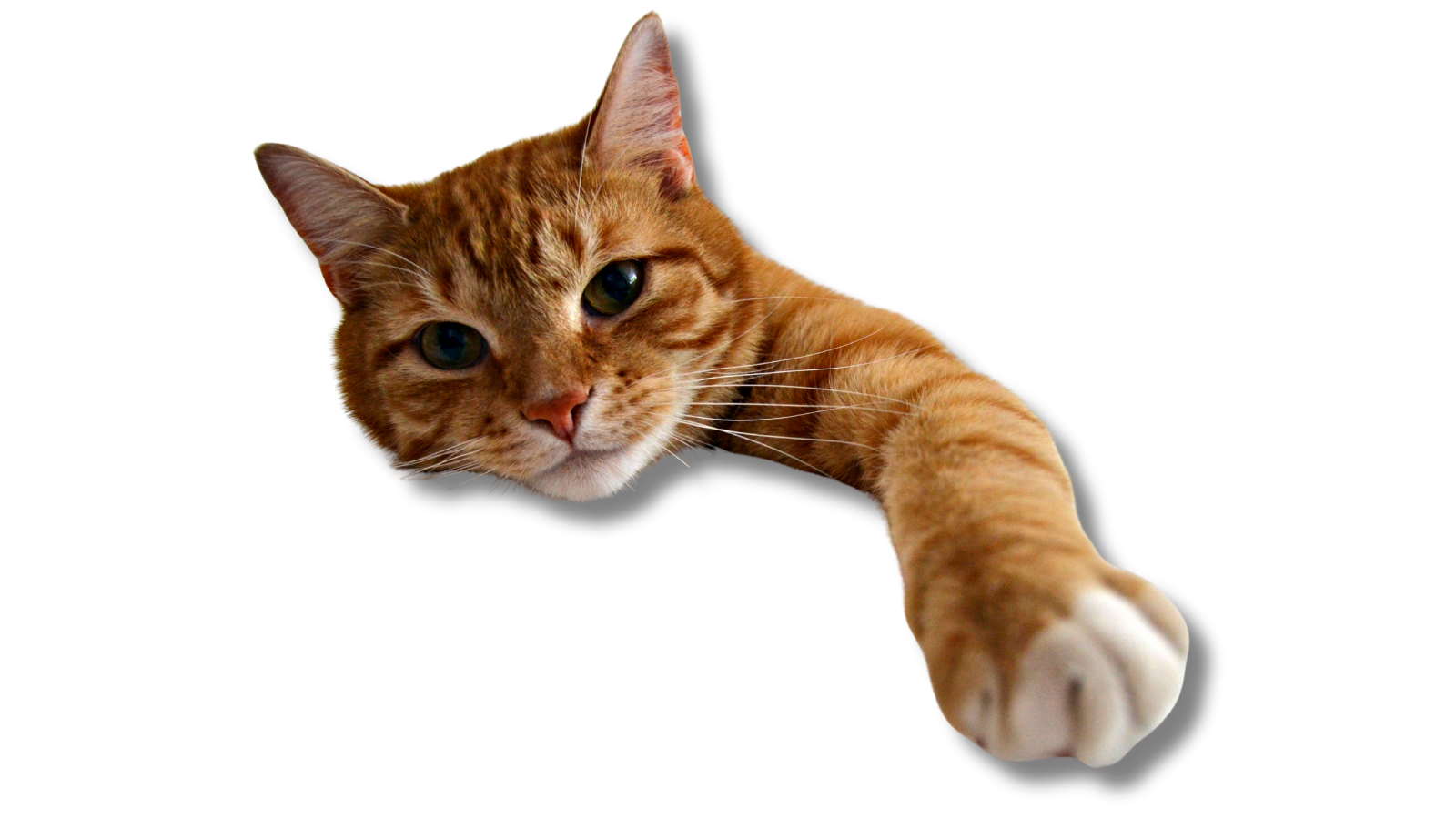

Understanding the History of the Domesticated Cat
Domesticated cats are now some of the most beloved pets in the world—but their journey from wild predators to purring lap companions is long, complex, and fascinating. Understanding the history of cats and origin of what we now call the domesticated cat not only gives us a deeper appreciation of our feline friends but also helps explain many of their modern behaviors.This blog explores where cats came from, how they became domesticated, and the unique roles they’ve played in human civilizations over thousands of years.
The History of Cats: Where It All Began and the Wild Ancestors of the Domestic Cat
All domesticated cats today trace their roots back to a single species: Felis lybica, also known as the African wildcat. These wildcats lived in regions of the Middle East and North Africa and still exist in the wild today. Adapted to desert life, they were solitary hunters that developed sharp survival instincts. Their keen senses and ability to live near human settlements without conflict made them ideal candidates for a gradual, natural domestication process.
Unlike dogs, who were actively bred by humans from early on, cats likely domesticated themselves. These early cats were drawn to human settlements by the abundance of rodents attracted to stored grains. Over time, the cats that were more tolerant of humans—and more effective at pest control—began living closer to people.

First Evidence of Cat Domestication
The earliest known evidence of cat domestication comes from the island of Cyprus, where a 9,500-year-old grave was discovered containing a human buried alongside a cat. This suggests cats had already formed strong bonds with humans by that time. The presence of the cat in a carefully arranged grave implies an emotional or symbolic relationship, not just a utilitarian one.
In ancient Egypt, cats were fully integrated into daily life. They were revered, protected by law, and even mummified like pharaohs. Egyptian art frequently depicted cats sitting beneath chairs, hunting birds, or perched on laps. The ancient Egyptians may not have been the first to domesticate cats, but they were among the first to fully embrace them as companions. Their deep reverence for felines even influenced neighboring cultures, spreading the symbolic and spiritual significance of cats beyond Egypt’s borders.

Cats Across Civilizations
As trade routes expanded, cats spread throughout Europe, Asia, and eventually the Americas. They were prized for their ability to control vermin on ships, in cities, and on farms.
In Rome, cats were cherished household companions and protectors.
In Asia, particularly in China and Japan, cats became symbols of good luck and prosperity. The “maneki-neko,” or beckoning cat, is still widely used today.
In the Middle Ages, cats were unfairly associated with witchcraft, especially in Europe. Many were killed, which ironically led to a rise in the rodent population and may have worsened the spread of the Black Plague.
Despite some cultural setbacks, cats persisted—and their popularity only grew.

How Cats Became the Pets We Know Today
The modern domestic cat, Felis catus, officially entered scientific classification in the 18th century. However, it wasn’t until the 19th century that cats began to be bred selectively for appearance, temperament, and companionship.
Cat shows and fancy breeds emerged in England, and feline popularity spread through the Victorian era. In the 20th century, the invention of commercial cat food and litter boxes made cat ownership more practical and appealing to urban families.
Today, cats are valued not just for their utility, but for their companionship, emotional support, and independent personalities. Modern cats may live indoors full-time, sleep in plush beds, and even have social media accounts—but they still retain many of the instincts and behaviors of their wild ancestors. Their need for vertical space, scratching surfaces, and quiet territory reflects their roots as agile hunters and solitary survivors. Understanding these behaviors allows cat owners to create more enriching and instinct-respecting environments at home.
As veterinary medicine and feline nutrition have advanced, the modern cat enjoys a longer, healthier life than ever before. Enrichment tools, specialty diets, and elevated litter box solutions like LoftyLoo reflect a deeper understanding of feline wellness rooted in their evolutionary past.

Why The History of Cats Matters
Understanding the history of cats helps explain:
Why cats are more independent than dogs
Their hunting instincts and play behaviors
Their sensitivity to territory and routine
Their cautious nature around unfamiliar people or environments
At LoftyLoo, we design litter box solutions that respect these deeply rooted feline instincts. Our raised, ergonomic litter platform provides a clean, accessible, and private place for cats to do what they’ve done for millennia—eliminate safely and securely within their territory.

The Unique Bond Between Cats and Humans: How Domestication Shaped Behavior
Cats are unique among domesticated animals because they largely domesticated themselves. Early wildcats were attracted to human settlements by abundant rodents near stored grain. Over time, cats that tolerated humans thrived, while people valued them for natural pest control.
Unlike dogs, cats kept much of their wild nature. Their independence, hunting instincts, and territorial behaviors remain strong, explaining their sometimes cautious or aloof demeanor even in homes. Recent studies reveal cats have adapted their communication to interact with humans better, such as using a “solicitation purr” to attract attention.
Cats’ independent nature appeals to many owners seeking low-maintenance companions. Their behaviors—marking territory, preferring routine, and hiding when stressed—stem from their evolutionary past. Understanding this helps owners provide better care.
At LoftyLoo, our litter boxes respect these instincts by offering privacy, accessibility, and cleanliness. Our raised litter box design supports cats’ natural behaviors while making care easier for owners. This bond, shaped over thousands of years, deepens our appreciation of cats and strengthens our connection with these fascinating animals.

Final Thoughts: A Bond Thousands of Years in the Making
Cats may have started as solitary hunters in the deserts of Africa, but their bond with humans has stood the test of time. From ancient temples to modern apartments, cats have adapted to live alongside us while still retaining their mysterious charm.
By understanding their journey from wild feline to household companion, we gain insight into how best to care for them—and how to meet their needs with thoughtful tools like LoftyLoo’s raised litter box design. Whether perched in a window or curled up at your feet, today’s cats carry a history as rich and enduring as any species we call family.


